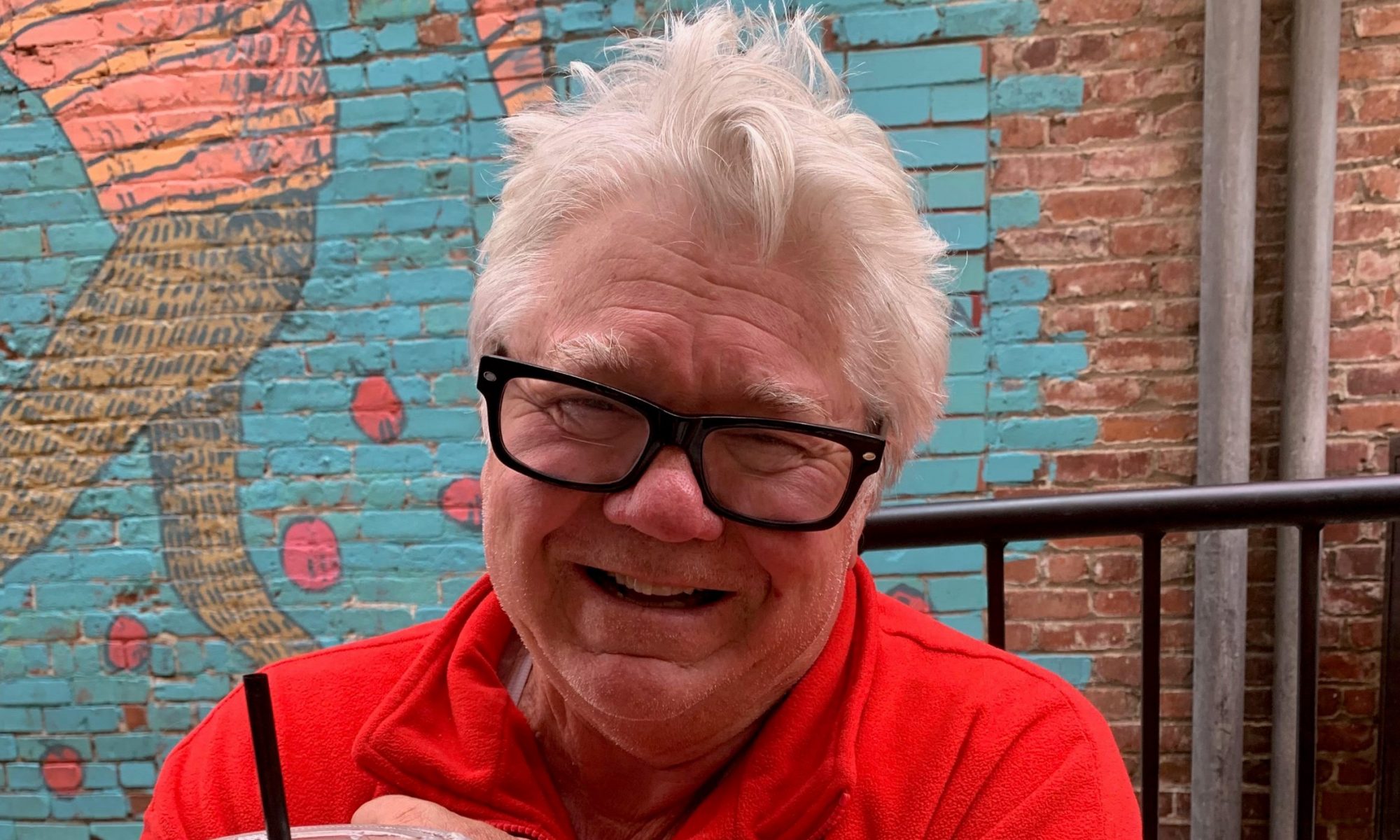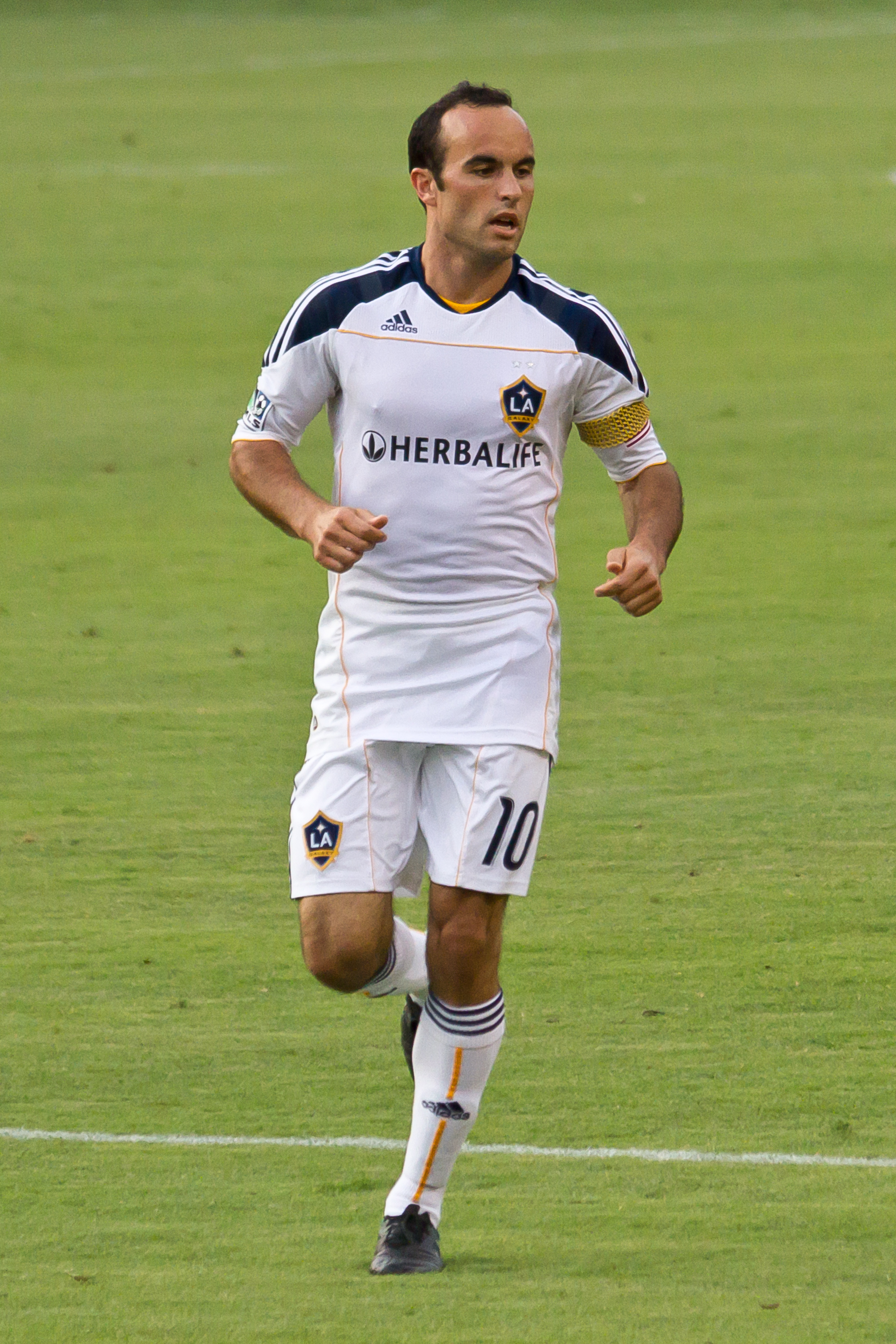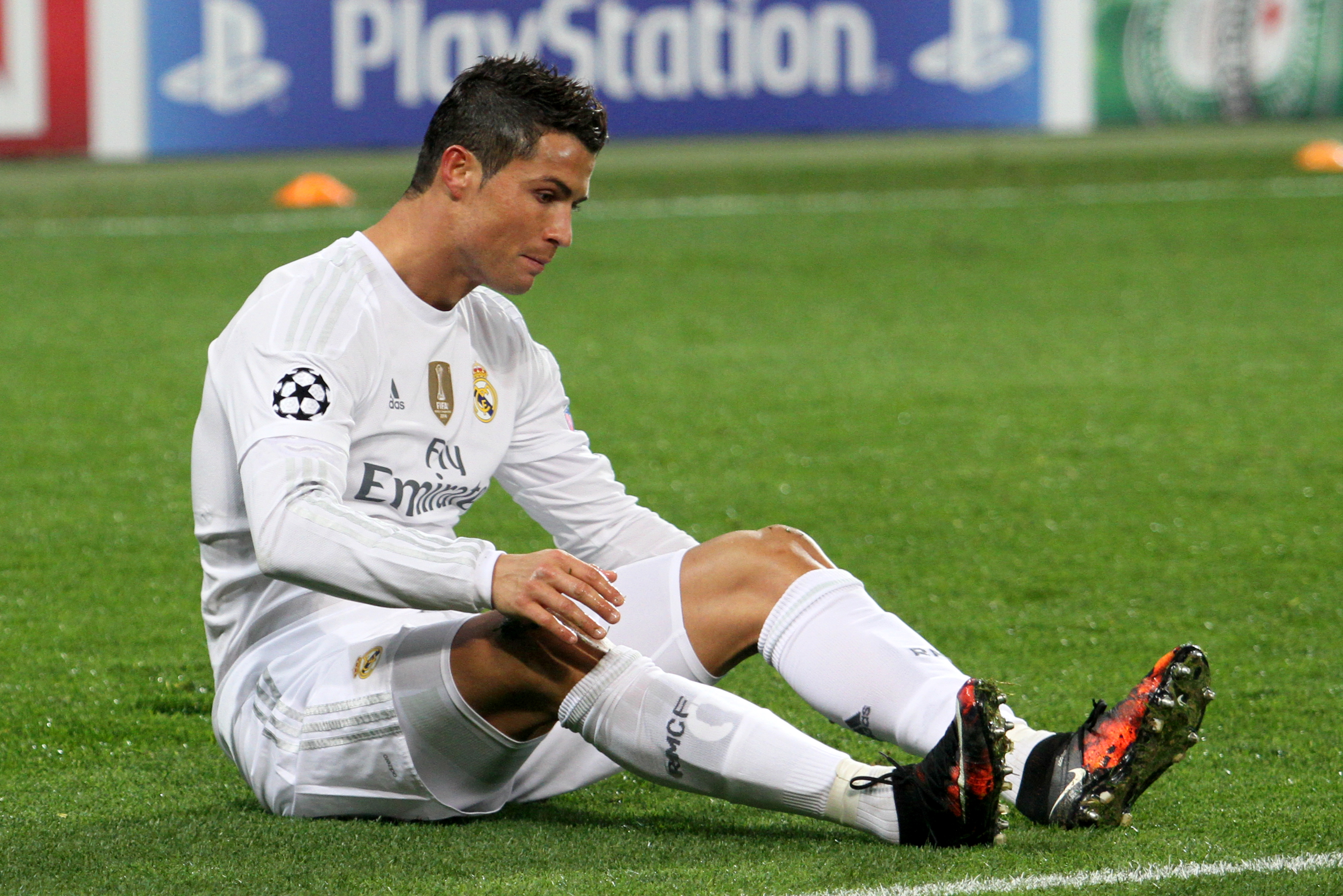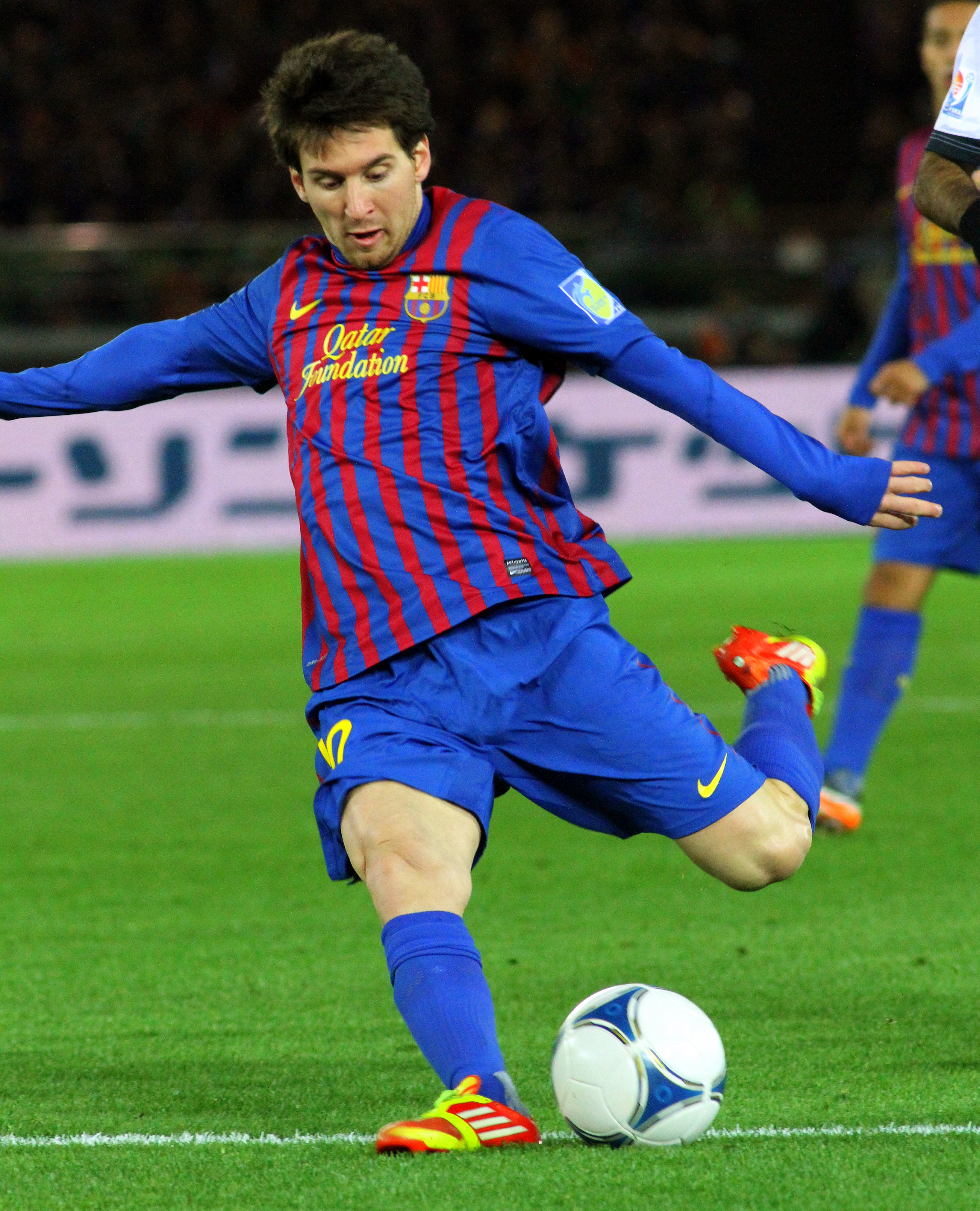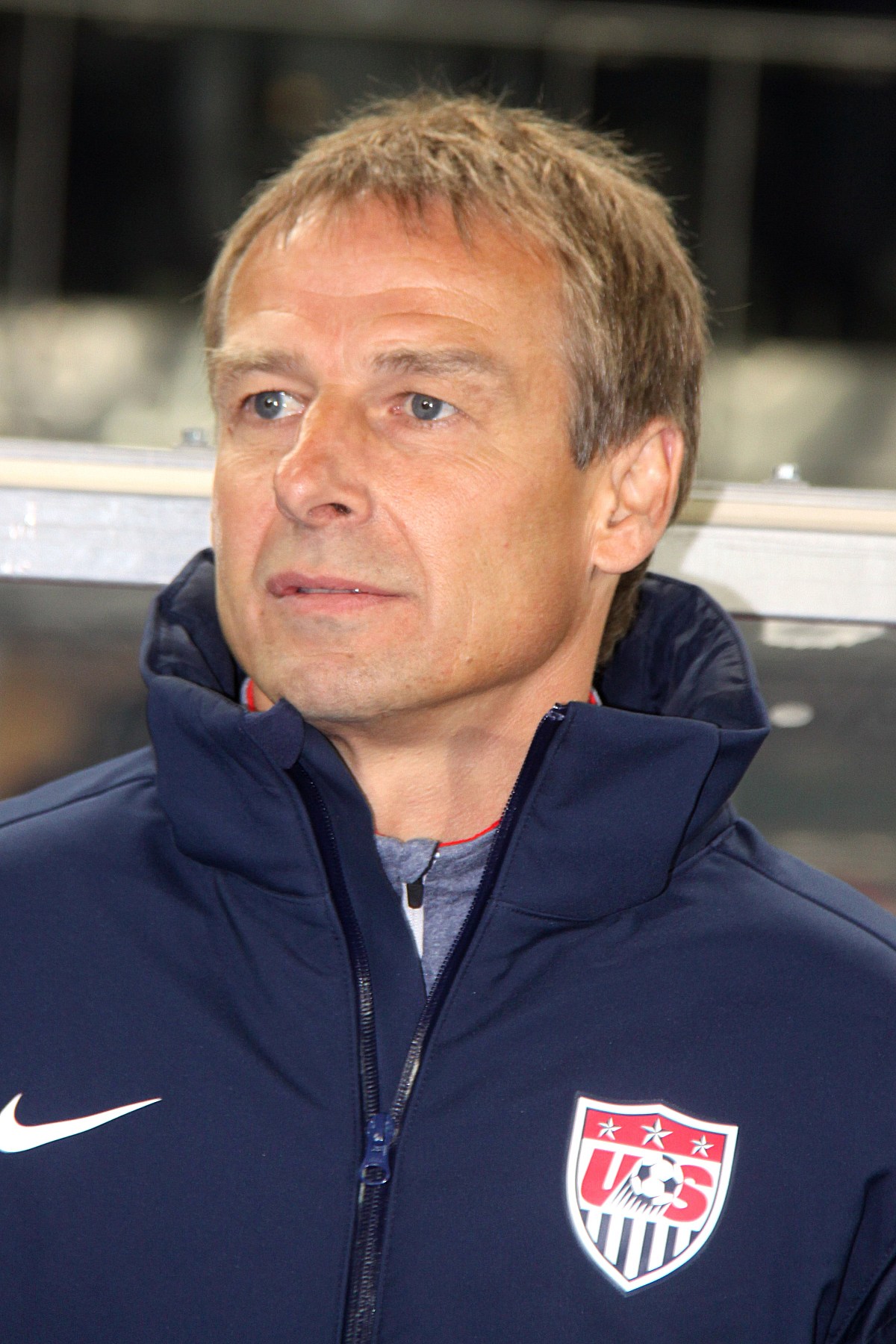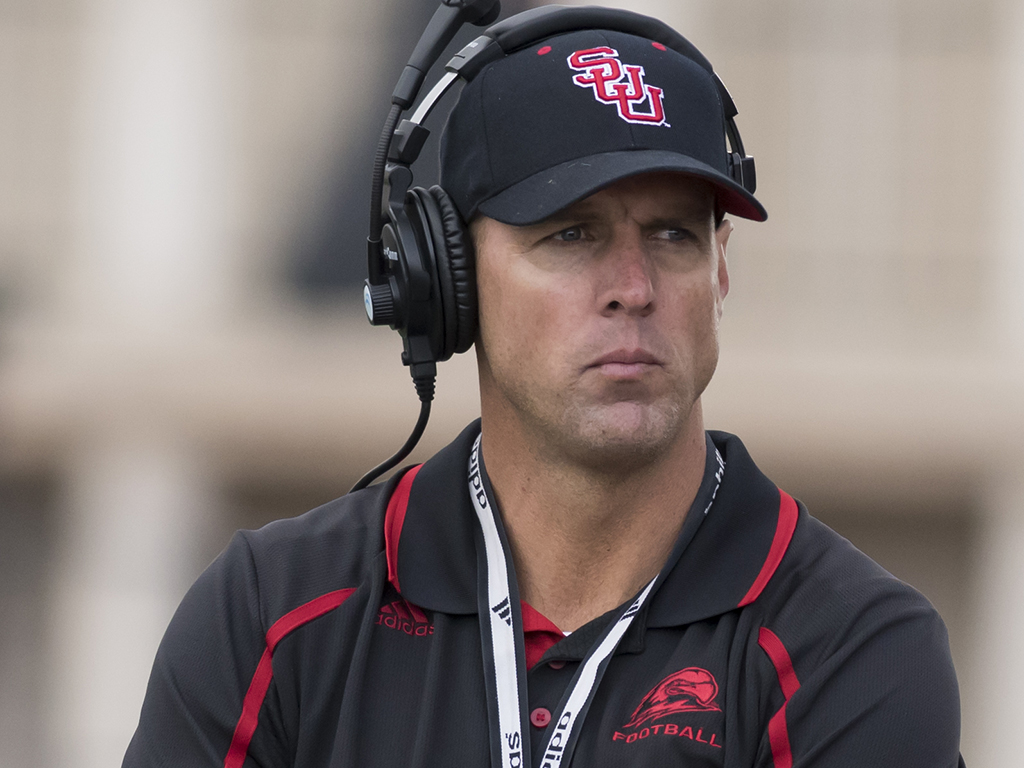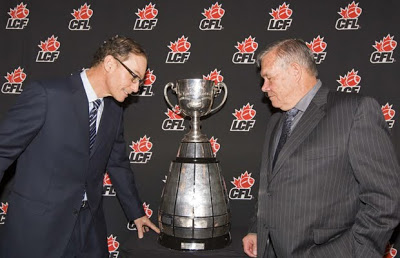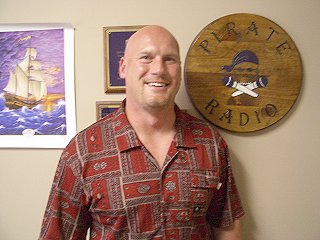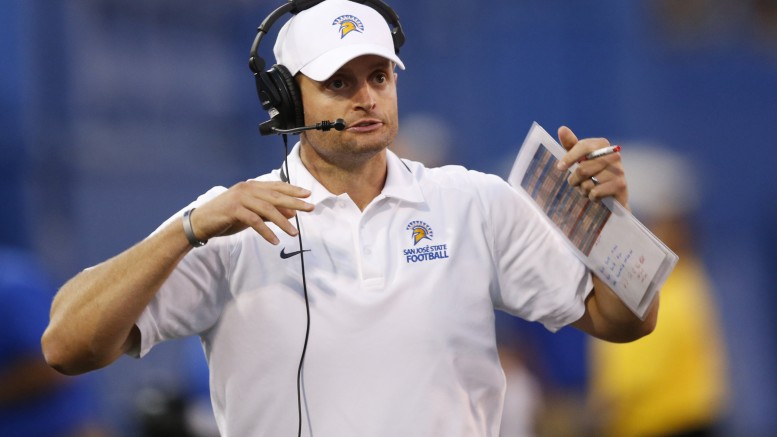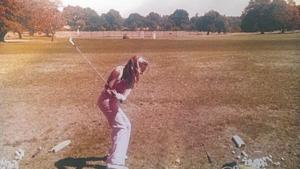A Redlands Connection is a concoction of sports memories emanating from a city that once numbered less than 20,000 people. From pro football’s Super Bowl to baseball’s World Series, from dynamic soccer’s World Cup to golf’s and tennis’ U.S. Open, major auto racing, plus NCAA Final Four connections, Tour de France cycling, more major tennis like Wimbledon, tiny connections to that NBA and a little NHL, major college football, Kentucky Derby, aquatics and Olympic Games, that sparkling little city sits around halfway between Los Angeles and Palm Springs on Interstate 10.
I saw Ed Vande Berg. In Arlington. Pitching. On a steaming hot Texas night, he hurled 2 1/3 scoreless innings of relief in a 6-2 loss to Milwaukee, then playing among American League teams. I was one of 26,526 fans that Thursday night. Arlington Stadium. Hall of Famers Paul Molitor and Robin Yount were in Milwaukee’s lineup. It was July 14, a Thursday night, in the summer of 1988.
Vande Berg, a Redlands High baseball-playing product, was playing for enigmatic Bobby Valentine, the Rangers’ manager. It was one of Vande Berg’s fina appearances during his seven-year MLB career.
Attended legendary Arizona State, where Hall of Famers Reggie Jackson and Jim Palmer –- not to mention Barry Bonds – played collegiately, among others.
Vande Berg rarely threw important pitches in a meaningful game during his MLB career. Who cares? He was a major league pitcher — with promise. It should be noted, however, that Vande Berg’s 1982-88 career span did not include playing for a team that finished at .500.

He was a left-handed specialist, a long reliever and, at one brief point, he started 17 times for Seattle in 1984.
Managers like Rene Lachemann, Del Crandall, Chuck Cottier, Hall of Famer Tommy Lasorda, Pat Corrales or Valentine might summon him to pitch against the likes of Fred Lynn or Eddie Murray, Don Mattingly or Lou Whitaker, maybe a Tim Raines, Darryl Strawberry or Keith Hernandez.
He had surrendered Reggie Jackson’s final career hit. Vande Berg, then with Texas, watched a broken bat single off that bat of a future Hall of Famer.
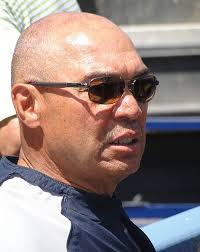
BASEBALL CARDS APLENTY ON THIS REDLANDS KID
Check out a website on Ed Vande Berg some time. Click on images. When you do, your entire computer screen should light up with baseball cards – Vande Berg with Seattle. Or Los Angeles. Or Cleveland . Or Texas.
He was an Alaska Goldpanner.
An Arizona State Sun Devil. Appeared in a College World Series.
Don’t let it slip your mind that Vande Berg was a Redlands High Terrier. Here was his background, stated by plenty of Redlands baseballers not to be much of a prospect while playing for Terrier coach Joe De Maggio.
When he showed up at San Bernardino Valley, Vande Berg took instruction well enough to burnish a slider. It was a new pitch. That resulted in an 18-1 record. State Player of the Year.
Fascinating! Movement, plus zip on his fastball, earned his way to Arizona State — a hub for future MLB players. That got him on radars of MLB scouts, who drafted him no less than three times before he signed.
He was a Rookie Team All-Star in 1982, the year he finished 9-4 with the Mariners, who had drafted him out of Arizona State. A league-leading 78 games accompanied that 2.37 earned run average over 76 innings pitched.
SAN DIEGO, ST. LOUIS, FINALLY SEATTLE
Vande Berg’s draft history was pretty interesting. San Diego took him. third round in 1978, but Vande Berg didn’t sign. A year later, St. Louis made him a fourth round pick. Again, he didn’t sign. In 1980, Seattle drafted him, 13th round. This time, he signed.
That ’82 rookie season, though, was something. Only 54 hits were allowed in those 76 innings pitched, including just five HRs. He was 23 when he made that MLB debut with Seattle.
In 1984, the Mariners made Vande Berg, a 6-foot-2, 175-pounder, a starting pitcher. He logged an 8-12 record (4.76, 130 innings) for a 72-90 team on a pitching staff topped by Mark Langston. Alvin Davis, who hit 27 homers, knocked in 116 runs and batted .284), was American League Rookie of the Year.
By 1988 when Vande Berg joined up at Texas, Ruben Sierra was clearly that team’s best player. Vande Berg was part of a bullpen backed by closer Mitch Williams. The staff’s ace was ex-Dodger knuckleballer Charlie Hough.
It was one season before Nolan Ryan signed with Texas. By then, Vande Berg was gone. Released. Final season of his career.
Who would remember a trade that sent Vande Berg from Seattle to Los Angeles in 1985? It was a straight-up deal on Dec. 11. Catcher Steve Yeager, who had played in three World Series with L.A., was sent back to Seattle.
The Dodgers paid Vande Berg $455,000.
That season, Vande Berg registered a 3.41 ERA over 60 games (71 1/3 innings).
Teammates included Cy Young Award winners Fernando Valenzuela and Orel Hershiser, both managed by Lasorda, a Hall of Fame manager. Vande Berg had relieved both pitchers during that 1987 season.
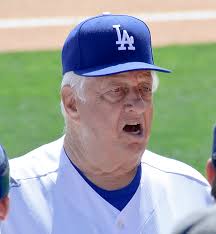
Granted free agency in each of the following two seasons, Vande Berg found homes in Cleveland and Arlington, Texas.
Among Vande Berg’s Cleveland teammates was Joe Carter, who hit the game-winning World Series homer for Toronto a few years later. Another teammate was that ageless Julio Franco, who made Cleveland just one of his stops on a seven-team, 23-year career.
For a season and a half, incredibly enough, Vande Berg was teammates with another Redlands product, Julio Cruz. The two spent the entire 1982 season in M’s uniforms, but in 1983 Cruz was sent to the Chicago White Sox in a trade deadline deal.
His final game came at age 29 against, of all teams, Seattle, a Mariners’ team Vande Berg spent four of his seven-year MLB pitching for in America’s vnorthwest.
The end result was a 25-28 lifetime mark … 413 games … surrendered 52 HRs … 3.92 earned run average … 22 saves … not a bad career.
WINDING DOWN A SEVEN-YEAR MLB CAREER
A couple months after I watched Vande Berg pitch against Milwaukee in Texas, the Redlands product pitched his final game. Against his old team, the Mariners.
On Friday night, Sept. 30. At the Kingdome that night, 7,870 fans watched.
He pitched a full inning. With home plate umpire Rich Garcia calling balls and strikes, Vande Berg surrendered three hits, including a Rey Quinones double.
In Seattle’s lineup that night was Davis, not to mention future MLB Network broadcaster Harold Reynolds. Darnell Coles, from Vande Berg’s former Citrus Belt League rival Rialto Eisenhower, was also in that night’s lineup.
A lowly Rangers’ squad beat those lowly Mariners, 11-6.
Exactly one month earlier, Vande Berg picked up his final career victory. In an 8-6 win over Minnesota, Cecil Espy’s bottom-of-the-ninth, two-run HR cracked a 6-6 tie. Vande Berg, who had pitched a scoreless ninth inning in relief of starter Bobby Witt, logged the win.
It was career victory No. 25.
